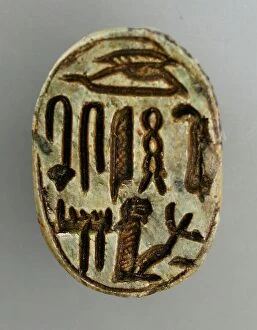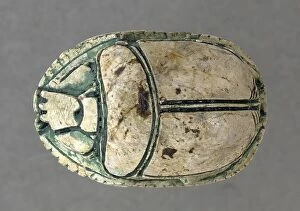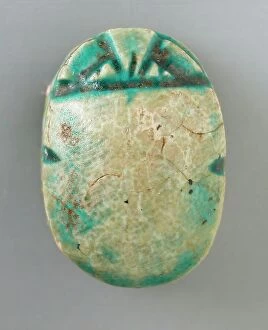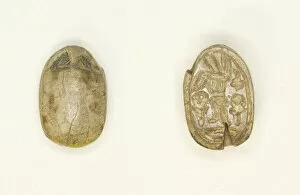Steatite Collection
Steatite, also known as soapstone, is a versatile and fascinating material that has been used throughout history for various purposes
All Professionally Made to Order for Quick Shipping
Steatite, also known as soapstone, is a versatile and fascinating material that has been used throughout history for various purposes. From the early 1900s in Landewednack, Cornwall to ancient Mesopotamia and Egypt, it has left its mark on different cultures. In the quaint village of Landewednack in Cornwall, England, one can imagine strolling through its streets and catching a glimpse structures. Perhaps it was used to build houses or even create intricate sculptures that adorned the town's buildings. The Lizard Peninsula is known for its rich geological history, and steatite adds another layer to this captivating landscape. Traveling back in time to ancient Mesopotamia during the reign of Gudea, city ruler of Lagash in Sumer (2144-2124 BCE), we find evidence being utilized by skilled artisans. Mesopotamian art often featured statues made from this durable stone material. Gudea's statue could have been carved out as a symbol of his power and authority. Moving eastward towards China during the Qing dynasty (1644-1911), we encounter a snuff bottle crafted with great precision from steatite. This delicate piece depicts scholars opening a scroll with their assistants nearby. Steeped in Chinese culture and tradition, such artifacts showcase how steatite transcended borders and found its way into diverse artistic expressions. Egyptian civilization also embraced the use across different periods. An amulet depicting Osiris-Canopus from the 2nd century AD showcases both religious significance and craftsmanship associated with this stone material. Similarly, an amulet featuring Hathor from the New Kingdom-Late Period highlights how Egyptians incorporated symbolism into their jewelry using materials like steatite. The Late Period in Egypt witnessed an array of amulets made from steatite: the Amulet of Double Plumes, symbolizing power and protection.
















































